What Is Curing of Concrete?
Important Point
Curing, especially determining the curing period for slab, performs a crucial role in the growth as well as the resilience of concrete strengths. Since applying water to that same concrete mixture there is an exothermic process that tends to toughen the concrete. Hardening of concrete also isn’t instantaneous yet lasts for a prolonged period of time, taking additional water to maintain hydration.
So, the concrete remained damp till the hydration process in the concrete had stopped, ensuring the minimum curing period of concrete is met. Such an approach is termed the type of curing of concrete.
Why Curing Is Important?
The activity within cement and water is referred to as hydration. That is an exothermic reaction. When applying water to just the conventional concrete, hydration occurs, which allows the concrete to dry off rapidly due to an exothermic reaction that produces heat.
In order to accomplish the hydration process, the concrete is moistened to reach the optimum workability of the material as quickly as practicable.
Method for the Cure of the Concrete:
The draining water mostly on the concrete surface is used to cure the concrete. Water colder than 50C isn’t really appropriate for the curing of concrete. As the hydration reaction in the concrete heats up and keeps the concrete hot, utilizing cold water only about 50 C mostly on concrete will contribute to cracking and failure.
Alternating drying as well as wetting on the concrete surface induces volumetric variations in concrete as well as eventually contributes to cracks.
Also, Read: Curing In Construction | Concrete Cure Time | Methods of curing
Useful Article for You
- What Is a Contour Interval
- What Is a Spread Footing
- What Is a Pitched Roof
- What Is a Parapet
- What Is Rcc Value Day
- What Is a Flight of Stairs
- What Is Leveling
- What Is Grouting
- What Is Flooring
- What Is Gypsum Board
- What Is Cmu in Construction
- What Is Modulus of Rupture
- What Is a Grade Beam
- What Is Tile
- What Is a Bridge Abutment
- What Is a Cold Joint in Concrete
- What Is Porch
- What Is the Strongest Foundation for a House
- What Is Rebar
- What Is a Tributary Area
Concrete Cure Time:
The required time for curing concrete to reach full strength is 28 days.
Minimum Curing Period for Concrete Cement:
The initial strength of concrete is perhaps the most significant and seems to be ready for the final strength of the concrete. People should be doing thorough curing by taking into account the ambient factors, the form of structural elements, and the air temperature.
Maintaining an appropriate temperature often performs a crucial function in concrete, which can not be cooler than 50C. Concrete shall be maintained moist for a minimum of 28 days. These day, due mainly to shortage of time, the treatment can be accomplished with the use of advanced therapies in 14-20 days. However, it is still good to place concrete damp with at least 14 days.
According to IS 456 – 2000, concrete for OPC should not be cured for much less than 7 days, and that it should be cure during at least 10 days for concrete of minerals mixes or cement mixtures.
In the event of hot weather as well as arid environmental conditions, the curing time ought not to be just under 10 days for Portland cement as well as 14 days for concrete of mixed cement including mineral admixtures.
Its minimum curing period for rcc slab and curing period of concrete shall depend on multiple factors:
- Relevant Concrete Strength.
- The grades in concrete.
- The temperature of the atmosphere.
- Related to the chemical reaction between cement and water in concrete, heat is released that needs water to achieve hydration. In summer, 50% of the water vanishes. So, extra water is necessary on sunny days.
- Width and shape of the member of the concrete.
Method Curing of Concrete
The types of Curing are as follows.
- Ponding.
- Moist Coverings.
- Membrane Curing of Concrete.
- Synthetic Resin Curing Compound.
- Acrylic Curing Compound.
- Wax Curing Component.
- Chlorinated Rubber Curing Compound.
- Steam Curing of Concrete.
- Curing of Concrete by Infrared Radiation.
#1. Ponding-
This approach has been adopted with floor slabs. Each concrete surface separated through small ponds, yet these ponds were continually full of water for 14 days.
#2. Moist Coverings-
The said type of system is used for columns, pillars, as well as the lower part of the slabs, in which it is not feasible to measure. Waterproof coatings such as gunny bags or hessian have been used to protect the concrete; such membranes are filled with water and keep the concrete wet.
#3. Membrane Curing of Concrete-
Ponding isn’t really necessary in areas when ambient temperatures become high. Water evaporates by intense heat. Membrane curing is used to avoid the removal of moisture content from concrete depending on the climatic temperature.
Membrane curing tends to close off by creating an impervious coating on the concrete surface that gradually prevents evaporation. This process is normally done by scraping or spraying the curing agent on the concrete floor.
There are various curing compounds available to accomplish membrane curing, beyond which four factors are important and commonly used.
#4. Synthetic Resin Curing Compound-
Synthetic resin is indeed a substance that creates an impermeable membrane on even a concrete surface to survive water evaporation from concrete. For more plastering, the plastic resin membrane may be quickly dissolved by pouring hot water onto the concrete floor. It is only sufficient in locations where subsequent maintenance has been added to the concrete.
#5. Acrylic Curing Compound-
Acrylic Curing product is a based on polymer curing product derived from acrylic acid polymers. The biggest appeal of the acrylic-based curing agent is that it does not need to be removed for plastering. Acrylic helps preserve good durability in the plastering process.
#6. Wax Curing Component-
Wax curing provides common qualities to synthetic resin. Its use of wax on surfaces to also be painting or tiled also isn’t suggested since wax hampers the conductivity between both the ground as well as the plastering.
#7. Chlorinated Rubber Curing Compound-
Once placed, chlorinated rubber creates a dense layer on the concrete floor. To use a chlorinated rubber-based curing solution, the concrete is completely cured with no small particles remaining. However the lifespan of chlorinated rubber is much older, and this can survive indefinitely.
#8. Steam Curing of Concrete-
Such practice is used at the Precast Concrete Plants in which the concrete members are mass-produced. Steam has thermal humidity in it which is poured on the concrete surface to retain concrete moisture but also to change the temperature of the concrete, which also gradually accelerates the speed of the toughening of the concrete.
#9. Curing of Concrete by Infrared Radiation-
This approach is used in cold climate areas. Throughout this process, infrared radiation is introduced to the concrete, raising the original temperature and increasing the intensity of the concrete. This has been the most efficient method than steam curing, as increasing the initial temperature in concrete may not lower the final workability of concrete.
That methodology is used for hollow concrete components where even the heating systems are located in concrete components that produce a temperature of 900°C.
How Long Does It Take for Concrete to Dry?
The whole curing process of concrete may last only a month, concrete would be prepared to be used earlier. Every other design can vary a bit due to the variations in environmental conditions, concrete mixing, and positioning and finishing strategies.
Keep such timeframes in mind when awaiting for concrete to dry:
- 24 to 48 hours – following initial setting, forms could be eliminated and people could walk on the floor.
- 7 days- after limited healing, traffic between cars and machinery is perfect.
- 28 days – during that stage, the concrete must be completely healed.
How Long Does Cement Take to Dry?
The cement will dry in phases that will take around 30 days to finish. It requires 1 or 2 days for cement through dry for the person to cross, but 5 to 7 days until people can ride upon this.
- The temperature has a big influence on how easily cement finishes the healing process. Considerations along with rainfall, sunshine, wind as well as humidity are all determining significantly.
- Processing of freshly poured cement relies heavily on climatic conditions, as humidity fluctuations can trigger cracking when cement drying stage.
- Concrete can recover more and more if it has been fully dried gradually. Unless the circumstances are mild, it covers the cement with plastic.
- When temperatures are 80 degrees or higher, watering the garden hose also holds it damp and avoids cracking. Approximately 90% curing phase can be completed inside a right set of circumstances.
- Accelerator technologies seem to be on the market that can speeding up the processing. Accelerators are additives applied to a concrete mix which minimize the fixed process and increases the hydration factor.
- There is already Portland cement, which is formed and hardened by chemical reactions with water. The curing method is perhaps the most critical step towards the achievement of solid and sometimes even cement.
How to Cure a New Concrete Slab?
Allow time to completely cure the slab for at minimum 7 days following completion to achieve the best appearance on the new concrete slab as 28 days is ideal). Curing seems to be the method of regulating the frequency and degree of degradation of concrete moisture throughout cement hydration.
Curing plays a very important role in the production of strength and the longevity of concrete. This is achieved by constantly wetting the exterior surfaces while avoiding the lack of moisture. Unless the water evaporates so soon, the final product may be weakened by stress as well as cracking.
Sprinkle the slab with water as much as possible for the first 7 days following completion. When the asphalt has been poured, the healing process starts immediately.
Correctly curing the concrete increases strength, longevity, moisture resistance as well as resistance for several decades.
Curing of Concrete
Curing of Concrete is a method by which the concrete is protected against loss of moisture required for hydration and kept within the recommended temperature range. A curing practice involves keeping the concrete damp or moist until the hydration of concrete is complete and strength is attained.
Why Curing Is Needed to Concrete?
Curing serves these main purposes: It retains moisture in the slab so that the concrete continues to gain strength. It delays drying shrinkage until the concrete is strong enough to resist shrinkage cracking. Properly curing concrete improves strength, durability, water tightness, and wear resistance.
What Is Curing and Types of Curing?
Curing is the process or operation which controls the loss of moisture from concrete after it has been placed in position, or in the manufacture of concrete products, thereby providing time for the hydration of the cement to occur.
How Many Days Is the Curing of Concrete?
The minimum period for curing concrete to attain maximum strength is 28 Days. For a clear understanding, check the below graph. From the above graph, it is clear that concrete attained 50% of its design strength when it cured for 3-7 Days.
What Is the Process of Curing Concrete?
Concrete curing is the process of maintaining adequate moisture in concrete within a proper temperature range in order to aid cement hydration at early ages. Hydration is the chemical reaction between cement and water that results in the formation of various chemicals contributing to setting and hardening.
Types of Curing
- Shading concrete work.
- Covering concrete surfaces with hessian or gunny bags.
- Sprinkling of water.
- Ponding method.
- Membrane curing.
- Steam curing.
Concrete Cure Time-
When waiting for concrete to dry, keep these timeframes in mind: 24 to 48 hours – after initial set, forms can be removed and people can walk on the surface. 7 days – after partial curing, traffic from vehicles and equipment is okay. 28 days – at this point, the concrete should be fully cured.
What Is Curing of Concrete?
Curing of concrete is defined as providing adequate moisture, temperature, and time to allow the concrete to achieve the desired properties for its intended use. When these recommendations are properly specified and performed in the field, the final properties of the concrete mixture will be achieved.
How to Cure a New Concrete Slab?
One of the most common methods for curing concrete is to hose it down frequently with water—five to 10 times per day, or as often as you can for the first seven days. Known as “moist curing,” this allows the moisture in the concrete to evaporate slowly.
Also, Read: What Is Admixture | Types of Admixtures
How Long Does Concrete Take to Dry?
When waiting for concrete to dry, keep these timeframes in mind: 24 to 48 hours – after the initial set, forms can be removed and people can walk on the surface. 7 days – after partial curing, traffic from vehicles and equipment is okay. 28 days – at this point, the concrete should be fully cured.
How Long Does It Take for Cement to Dry?
Although the bulk of the hydration process takes place in the hours and days immediately after the pour, concrete needs 28 days to fully dry. While the slab will harden and lighten in color before 28 days, don’t be fooled into thinking it’s done hydrating.
Concrete Curing Time
24 to 48 hours – after inital set, forms can be removed and people can walk on the surface. 7 days – after partial curing, traffic from vehicles and equipment is okay. 28 days – at this point, the concrete should be fully cured.
Fast Curing Concrete
As one of the key ingredients in concrete, water is essential for the curing reaction to occur. The curing time can be hastened by using a slightly warmer water in the mixture as this will encourage the reaction to occur more quickly – do not, however, use blazing hot water as this could be damaging.
Curing Process of Concrete
Curing is the process of controlling the rate and extent of moisture loss from concrete during cement hydration. Curing by continuously wetting the exposed surface thereby preventing the loss of moisture from it. Ponding or spraying the surface with water are methods typically employed to this end.
What Is Curing and Methods of Curing?
Curing is the process or operation which controls the loss of moisture from concrete after it has been placed in position, or in the manufacture of concrete products, thereby providing time for the hydration of the cement to occur.
Fast Setting Concrete Cure Time
Fast setting concrete products, like Quikrete’s Fast Setting Mix, will dry in approximately 20 to 40 minutes and will cure enough to bear weight after 4 hours.
When Should I Water Cure Concrete?
The enclosed area is continually flooded with water. Ideally, the slab could be water cured for 7 days. Some builders on a tight schedule water cure for 3 days as this achieves approximately 80% of the benefit of water curing for 7 days.
Like this post? Share it with your friends!
Suggested Read –
- Initial Setting Time of Ppc Cement
- What Is Dressing of Stone | Types of Dressing of Stone
- Floating Slab Vs Monolithic Slab | What Is Monolithic Slab | What Is Floating Slab
- RCCFull Form | What Is RCC | Advantages & Disadvantages of Reinforced Cement Concrete | Properties of RCC | What Does RCC Stands for
- What Is a Cavity Wall | How to Build a Cavity Wall | Cavity Wall Detail | Cavity Wall Thickness | Cavity Wall Insulation Pros and Cons | Brick Cavity Wall
- What Is Oblique Drawing | Oblique Drawing Examples | What Is Oblique View | Oblique Projection | Oblique Shape | Cabinet Oblique | What Is Cavalier Drawing
- Which of the Following Is a Way That Slopes Fail | Types of Slope Failure | Geotechnical Failures | Types of Slopes in Geography | Causes of Slope Failure | Slope Stability
- What Is Pier and Beam Foundation | Advantages & Disadvantage of Pier and Beam Foundations | Pier and Beam Foundation Design | How to Build a Post and Pier Foundation
Originally posted 2021-10-26 02:39:43.
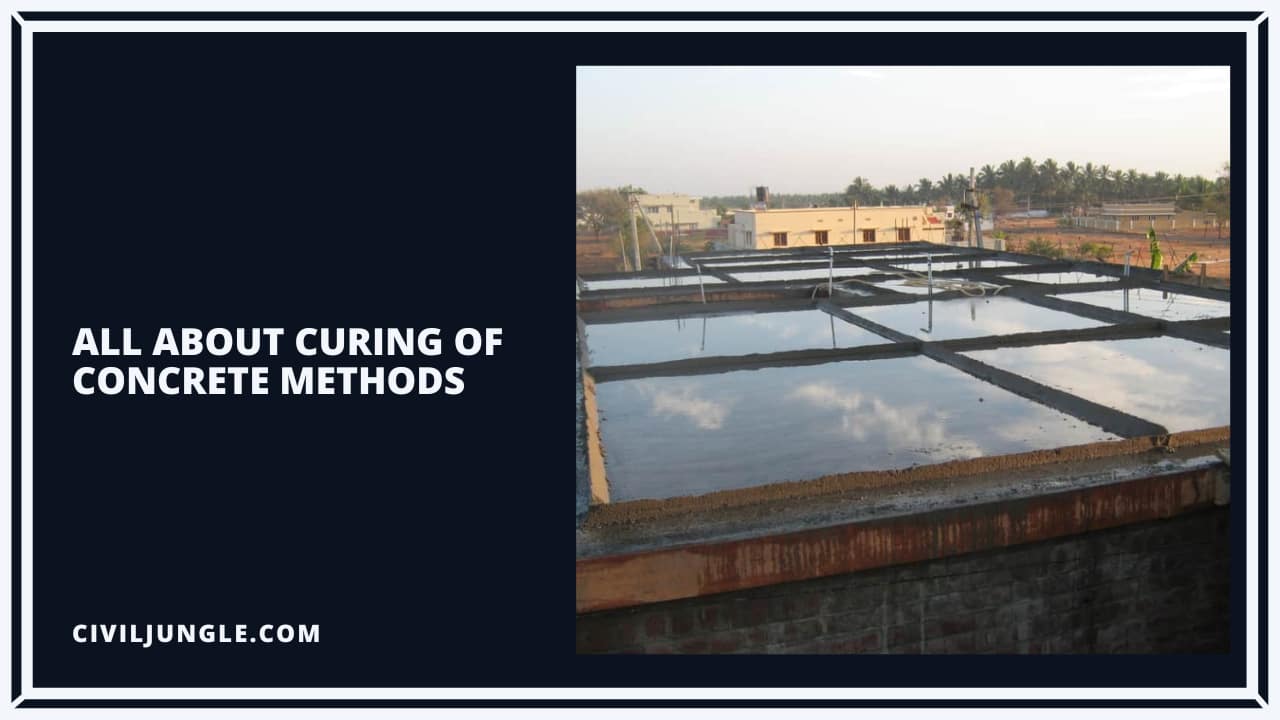
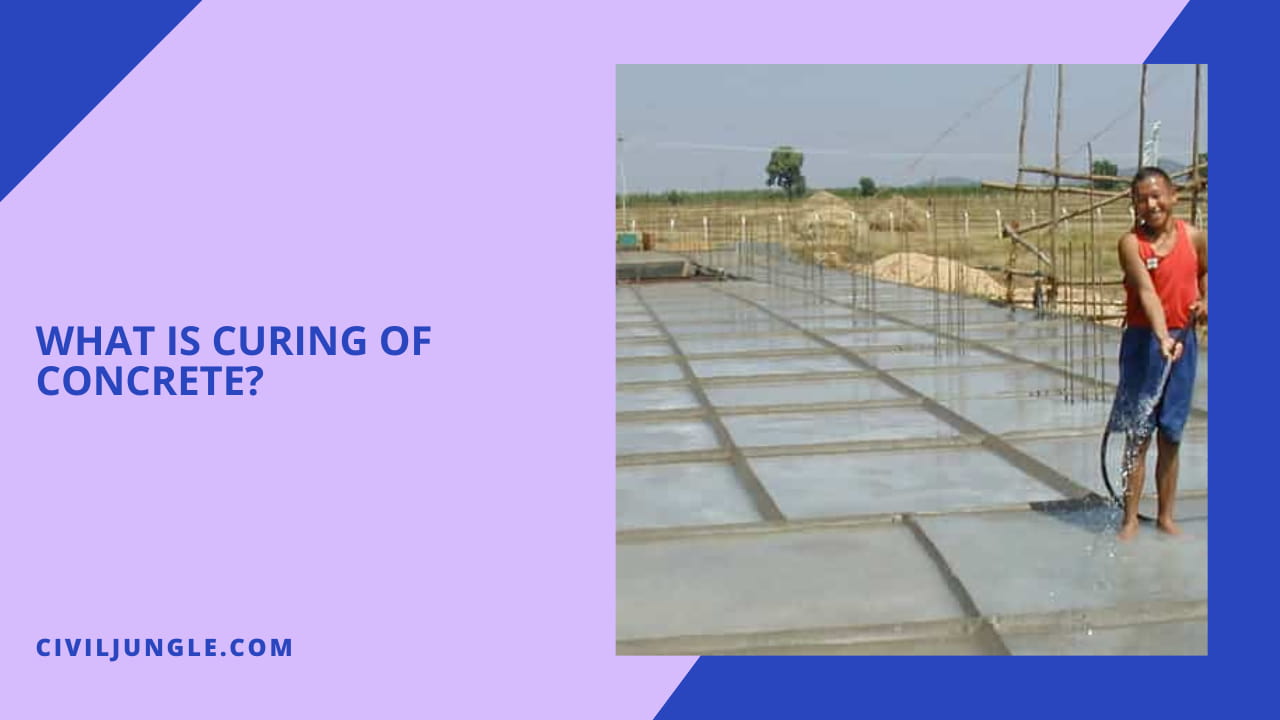

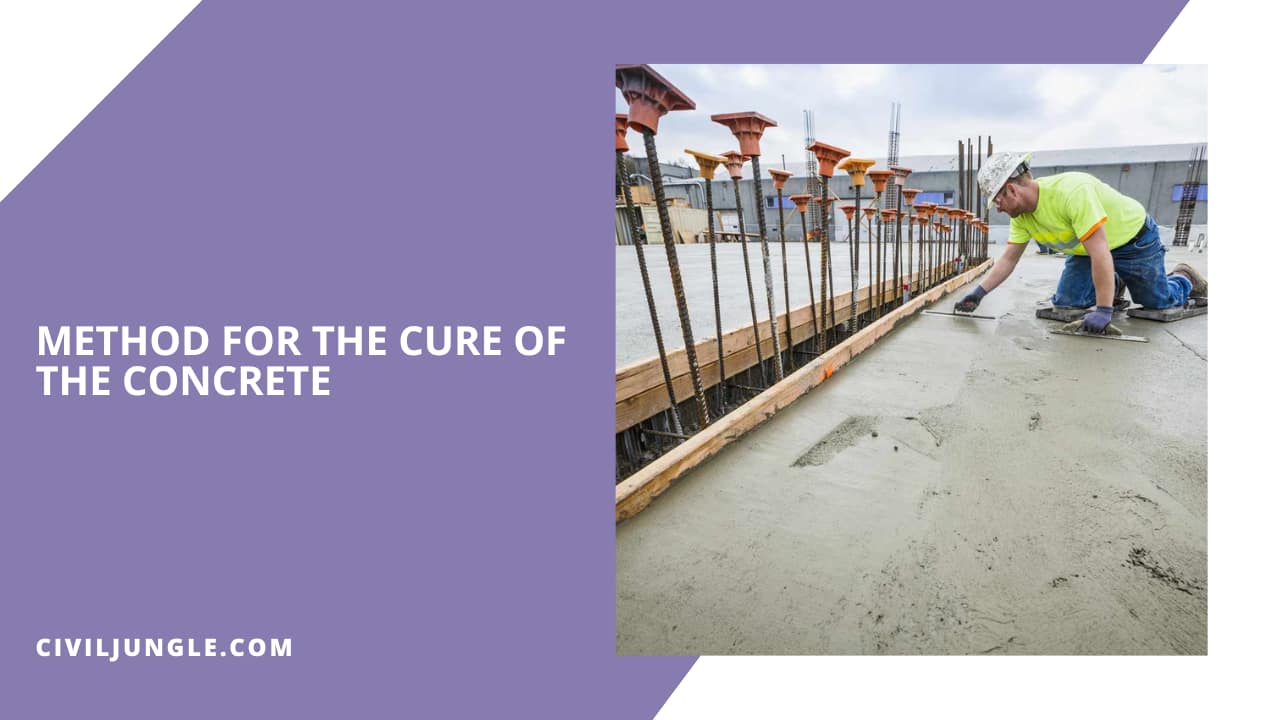
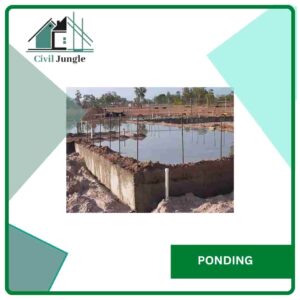
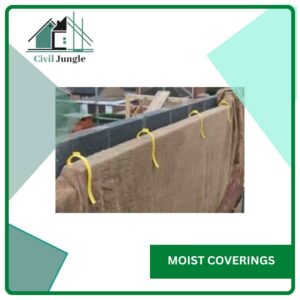
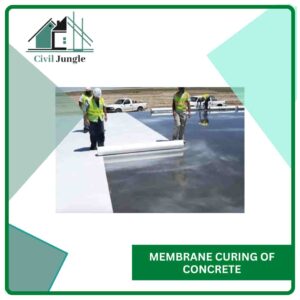
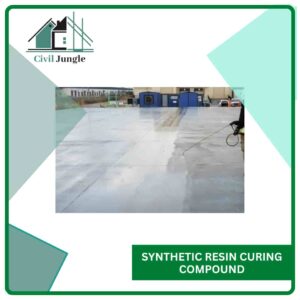

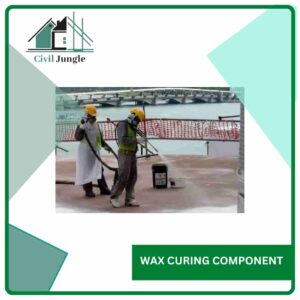
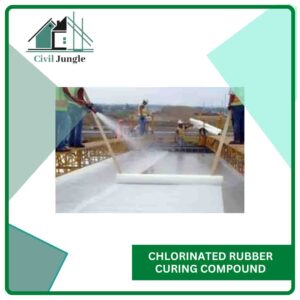
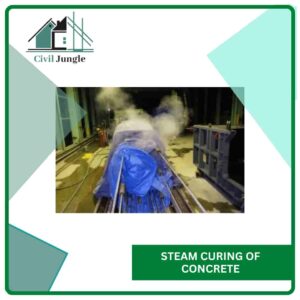
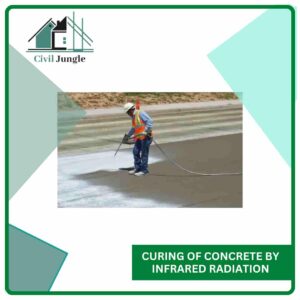
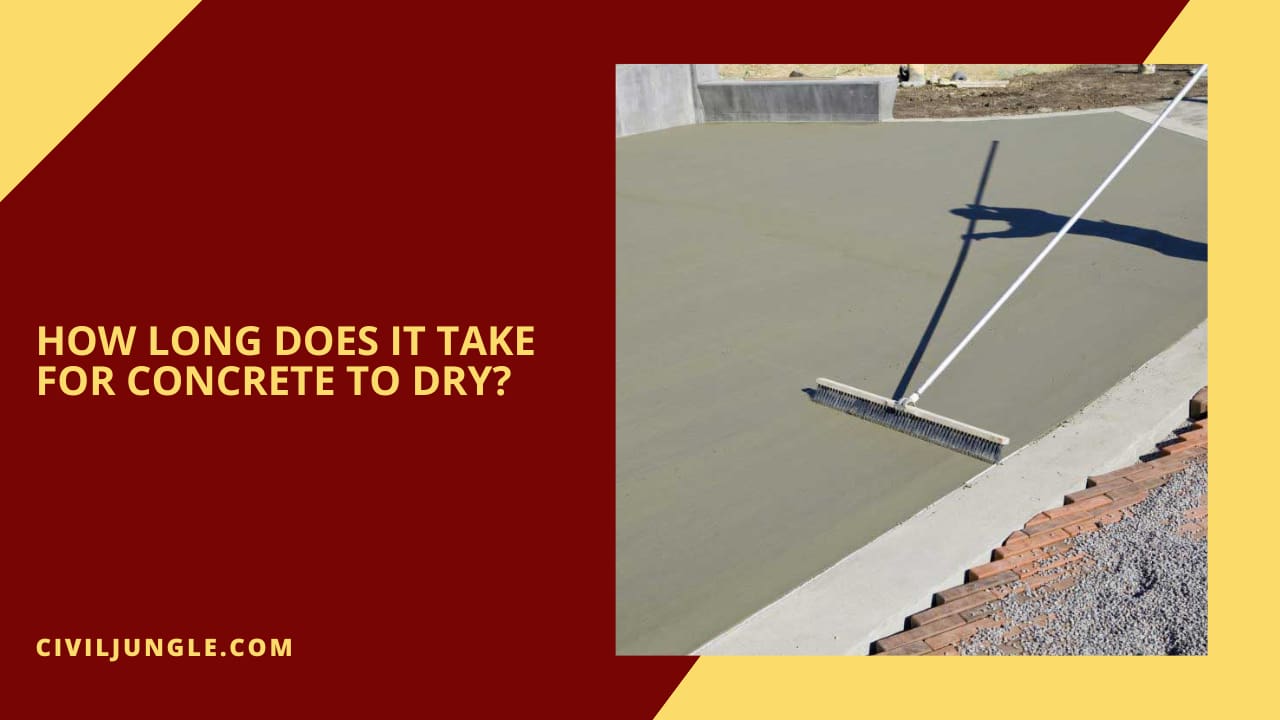
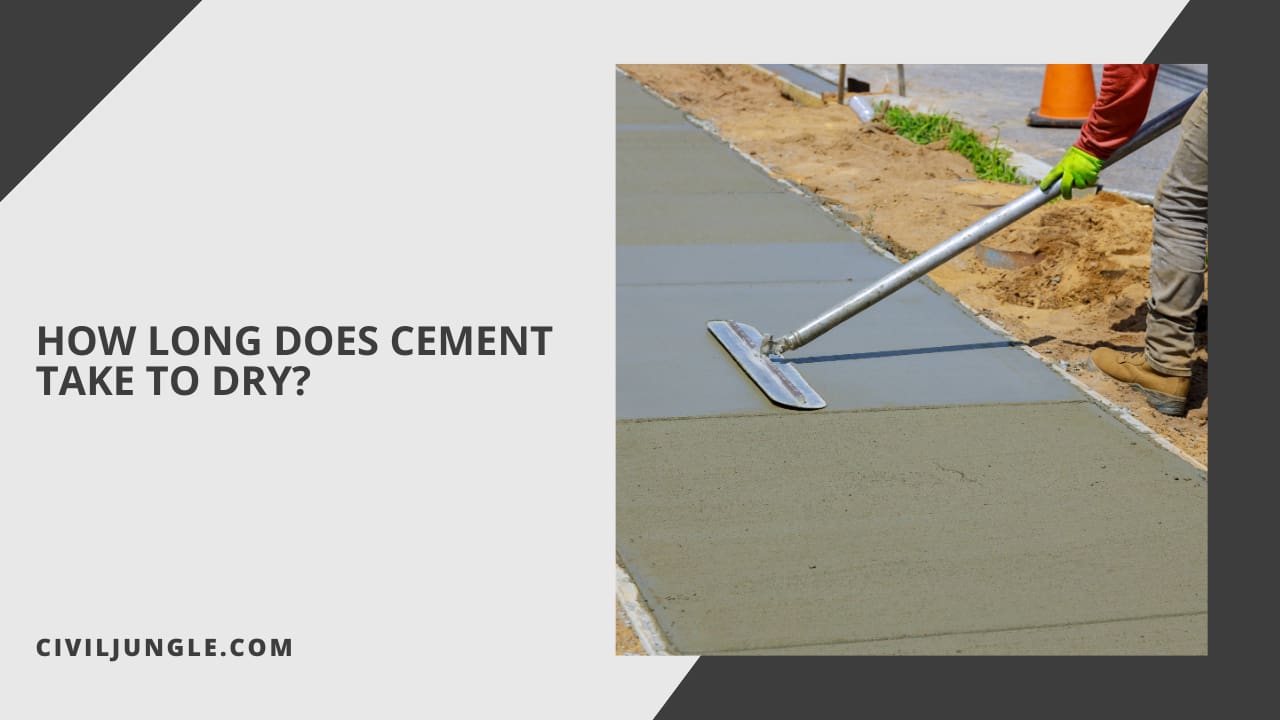


Leave a Reply